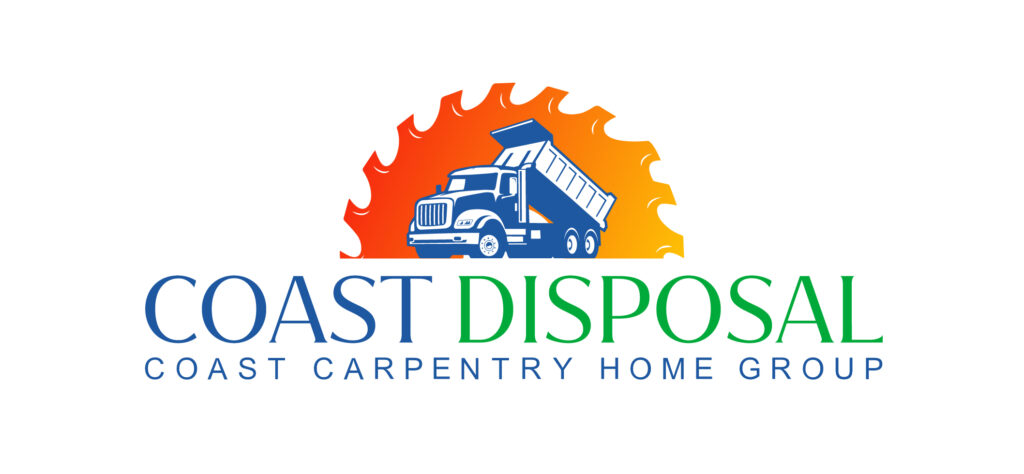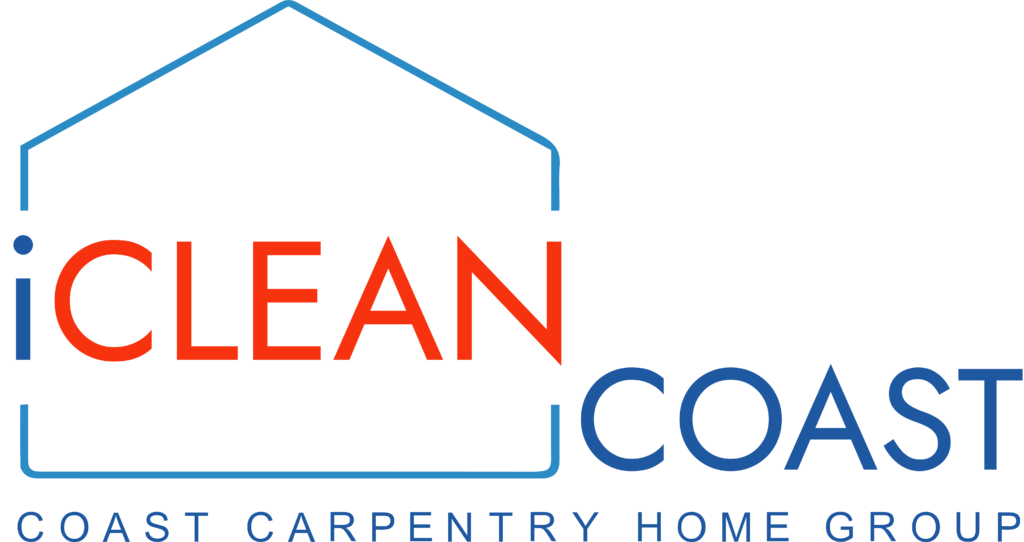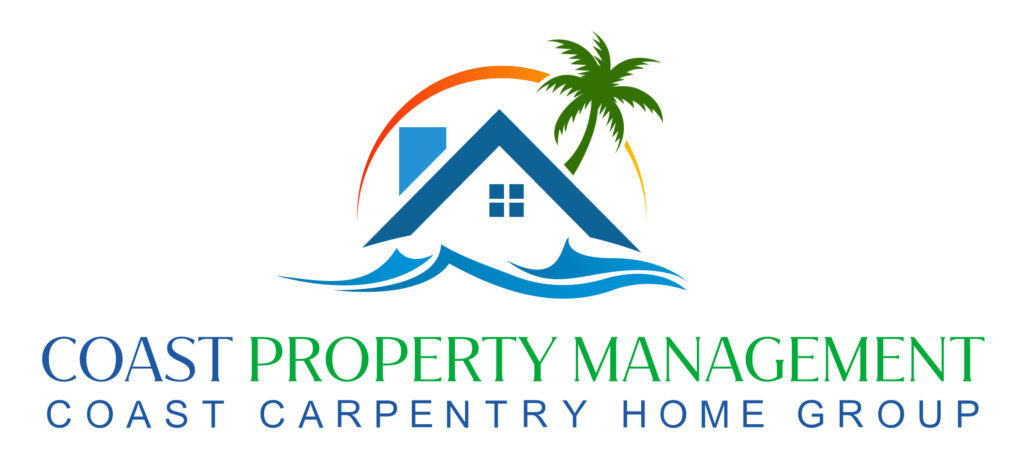Bathroom moisture is a common issue that can lead to severe problems if not addressed properly. Excess moisture in the bathroom can cause mold, mildew, and even structural damage to your home. This can affect not just the look of your bathroom but also its safety and hygiene.
To keep your bathroom dry and safe, smart remodeling techniques can make a big difference. These involve identifying the sources of moisture and implementing effective solutions to manage it. Simple fixes like improving ventilation or using moisture-resistant materials can go a long way in preventing problems.
In areas like Cape Cod, where humidity can be high, tackling bathroom moisture problems is even more crucial. Through thoughtful remodeling, you can create a comfortable and healthy bathroom environment. Smart choices in ventilation, waterproofing, and materials make all the difference in maintaining a moisture-free bathroom.
Identifying Common Bathroom Moisture Problems
Bathroom moisture problems can stem from various sources. One of the most common issues is poor ventilation. Without proper airflow, moisture from showers and baths stays in the room, leading to condensation on walls and ceilings. This creates a perfect environment for mold and mildew to grow.
Leaks are another major problem. Faulty plumbing or a leaky showerhead can introduce water into areas it shouldn’t be. Over time, small drips can turn into large issues, causing damage to floors, walls, and even the structural integrity of your home.
Another source of moisture is insufficient waterproofing. Areas around tubs, showers, and sinks that aren’t sealed correctly can allow water to seep into the walls and under floors. This hidden moisture can cause rot, mold, and unpleasant odors without you even noticing until the damage is extensive.
Effective Ventilation Solutions
Good ventilation is key to reducing moisture in the bathroom. Here are some effective solutions:
Install Exhaust Fans: A high-quality exhaust fan is essential for removing humid air from the bathroom. Place the fan near the shower or tub to capture the most moisture, and make sure it’s vented to the outside. This helps to remove steam quickly and efficiently.
Use Windows and Vents: If your bathroom has windows, open them during and after showers to let fresh air in and moist air out. Vents can also help, especially if they are directed outside. This approach relies on natural airflow to keep moisture levels down.
Automatic Humidity Control: Consider fans with humidity sensors. These fans automatically turn on when humidity levels rise, ensuring your bathroom stays dry even if you forget to turn the fan on manually. This can be a low-maintenance way to manage bathroom moisture effectively.
Supplemental Dehumidifiers: In cases where moisture problems are severe, small dehumidifiers can be used to help absorb excess moisture. These devices are especially useful in larger bathrooms or in areas with naturally high humidity levels.
Implementing these ventilation solutions can greatly reduce the likelihood of moisture problems. Proper airflow ensures that your bathroom remains comfortable, healthy, and free from moisture-related issues.
Waterproofing Techniques for Fixtures and Surfaces
Waterproofing your bathroom is essential to prevent water from causing damage over time. Taking the right steps can save you from costly repairs and keep your bathroom safe and dry. Here are some effective waterproofing techniques:
1. Seal Grout Lines: Grout between tiles is porous and can absorb water. Use a high-quality grout sealer to create a protective barrier. Reapply the sealer periodically to maintain its effectiveness.
2. Waterproof Membranes: Install waterproof membranes behind tiles, especially in areas prone to water exposure like showers and tub surrounds. These membranes prevent water from reaching the wall structure.
3. Proper Caulking: Apply a high-quality silicone or latex caulk around tubs, sinks, and showers. This seals the gaps where fixtures meet walls and floors, preventing water from seeping through.
4. Sloped Floors: Ensure bathroom floors are slightly sloped towards the drain. This helps direct water flow and prevents pooling, which can cause damage over time.
5. Shower Pans: Use watertight shower pans to collect and direct water into the drain. These pans serve as an extra layer of protection beneath your shower floor.
Using these waterproofing techniques ensures that your bathroom’s surfaces and fixtures remain protected from moisture, helping to prolong their lifespan and maintain their appearance.
Choosing Moisture-Resistant Materials for Remodeling
Selecting moisture-resistant materials for your bathroom remodel is crucial. These materials withstand damp conditions and reduce the risk of damage over time. Here are some top choices:
Ceramic or Porcelain Tiles: Highly durable and moisture-resistant, these tiles are perfect for floors and walls. They are easy to clean and come in various designs, enhancing your bathroom’s decor.
Vinyl Flooring: Vinyl is water-resistant and offers good durability. It’s an affordable option that can mimic the look of more expensive materials like wood or stone.
Fiberglass and Acrylic: These materials are excellent for bathtubs and shower stalls. They are non-porous, easy to clean, and resistant to mold and mildew.
Solid Surface Countertops: Made from materials like quartz, these countertops are non-porous and resistant to moisture and stains. They provide a sleek and modern look.
Moisture-Resistant Paint: Use paint specifically designed for bathrooms. These paints contain mold inhibitors and are formulated to resist moisture buildup.
Choosing materials with moisture resistance ensures that your bathroom can handle the humid environment and remain in great condition for years to come.
Conclusion
Addressing bathroom moisture problems with smart remodeling techniques is essential for a durable and healthy space. By identifying common issues and implementing effective ventilation, waterproofing, and material choices, you can transform your bathroom into a safer, more comfortable area.
Moisture control in the bathroom is not just about avoiding damage—it’s about creating a pleasant and functional space. The right materials and techniques ensure that your bathroom remains in top shape, providing peace of mind for you and your family.
For expert bathroom remodeling services, look no further than Coast Carpentry Construction. We specialize in tackling moisture problems and delivering high-quality results. Contact us today to transform your bathroom with our professional bathroom remodeling solutions.







